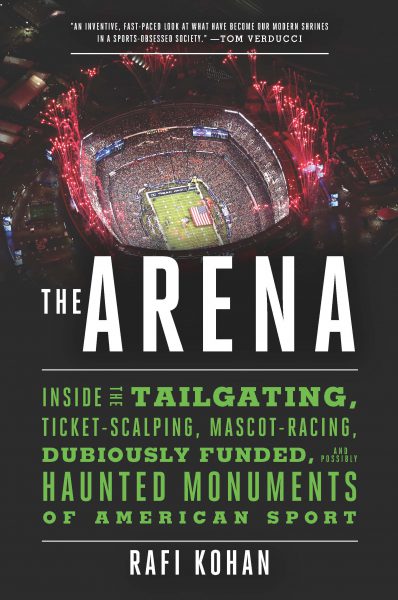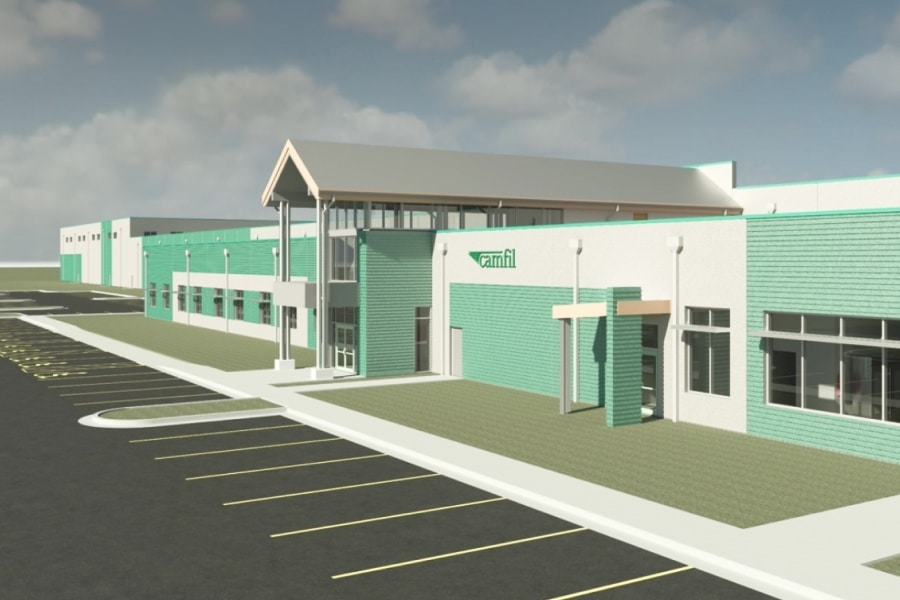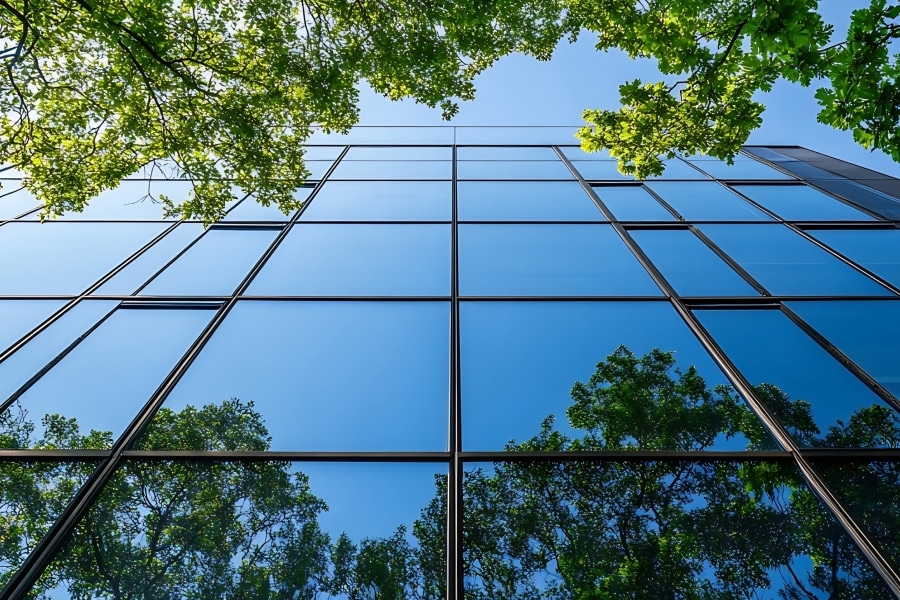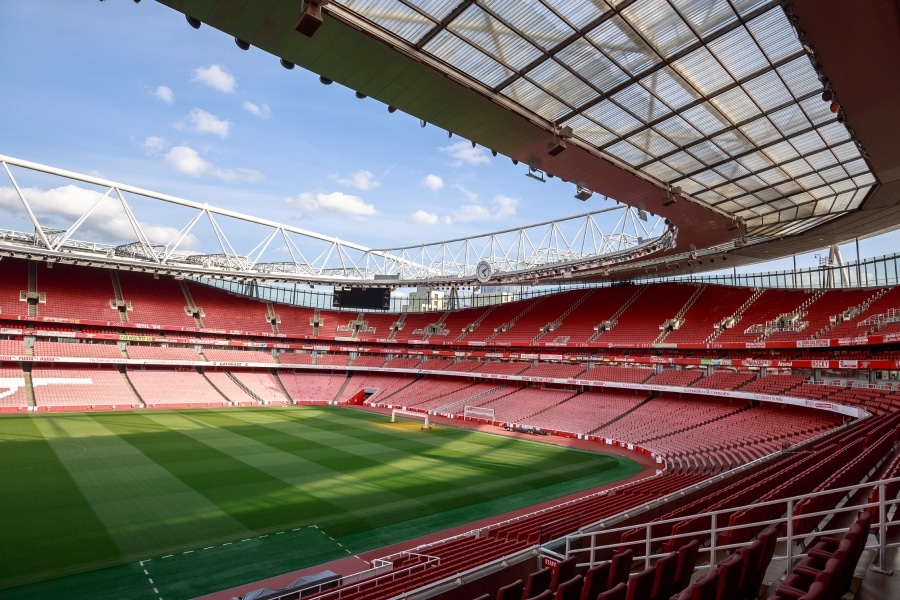Rafi Kohan’s new book The Arena: Inside the Tailgating, Ticket-Scalping, Mascot-Racing, Dubiously Funded, and Possibly Haunted Monuments of American Sport is an exciting, superbly researched and highly entertaining look at some of the most beloved (and reviled) sports stadiums in the USA. Kohan sheds light not only on the buildings themselves, but on the fans who electrify them on game day and the architects, engineers, builders and workers who help keep the lights on and the beer flowing. Kohan has seen a lot of turf over the years while writing this book, and here he shares some of his favorite places to catch a game.

Arrowhead Stadium (1972)
Original architects: Kivett & Meyers; 2010 renovation: Populous
Even after its recent facelift, Arrowhead Stadium—with its oblong video boards, a seating bowl that pinches up in the corners like a groovy saucer dish, and a stadium font that feels as perfectly trapped in amber as the logo of the National Parks Service—is like a time traveler from 1970s. And I mean that in a good way, especially considering the preponderance of characterless octorads that were otherwise built during that era.
Citi Field (2009)
Populous
I include Citi Field here for the operational efficiency the New York Mets strove for during the construction phase of the ballpark. Mike Landeen, the team’s senior vice-president of venue services and operations, was even brought in on the earliest design stages and allowed to take a pencil to the blueprints, particularly when it came to centralizing elements of their now-ballyhooed concessions program.
Superdome (1975)
Original architects: Curtis and Associated Architects, Inc., Edward B. Silverstein and Associates, Noah, Norman and Nolan Architects, and Sverdrup & Parcel and Associates, Inc.; 2006 renovation: Trahan Architects
Not unlike Arrowhead, the Superdome bucked the concrete doughnut trend and as a result feels similarly signature to the moment in which it was conceived. According to Tulane architecture professor John Klingman, the Superdome grew out of the Modernist movement. “It is a pure form,” he says. “The defining character is that there are no quirks.”
Wrigley Field (1914)
Original architect: Zachary Taylor Davis; Current renovation: DAIQ Architects
Despite some grumbling about the venue’s new(ish) video boards—Chicago Tribune architecture critic Blair Kamin has written that the boards are a distraction, especially at night, when they “overshadow the old scoreboard [in center], disrupting the carefully calibrated sense of place that makes the ballpark a national treasure”—Wrigley remains one of our nation’s sporting gems.
PNC Park (2001)
Populous & L.D. Astorino & Associates
When every new ballpark seemed to be going for that retro look and feel, not many nailed the details as perfectly as PNC Park, which opened in 2001 and has truly insinuated itself into downtown Pittsburgh.
Madison Square Garden (1968)
Original architect: Charles Luckman Associates; 2013 renovation: BBB Architects
MSG makes this list for me from a purely emotional perspective. When the Knicks are good—which isn’t likely to be the case anytime soon, sadly—there is nowhere else I’d rather be.
Michigan Stadium (1927)
Original architect: Bernard L. Green; 2010 renovation: HNTB
Inspired by the design of the Yale Bowl—which was built in 1914 and was claimed to be the largest encircled-bowl amphitheater since the Roman Colosseum—Michigan Stadium, aka “the Big House,” is now the largest stadium in the country, with a capacity of 107,601. What’s even more amazing is that the original plan called for three sides of the stadium to be built completely below grade, so the mass of humanity watching a football game would be all but hidden from passersby.
AT&T Stadium (2009)
HKS Architects
“Jerry’s World,” as the stadium is known for Cowboys owner Jerry Jones, is certainly impressive enough on its face, thanks to its mammoth size (three million square feet), retractable roof (tall enough to house the Statue of Liberty), and seven-story-high, sixty-yard-long center-hung video boards (which weigh more than a million pounds). But what blew me away was the firepower that exists behind the scenes: the eleven thousand tons of air conditioning, an electrical room that houses utility-owned transformers, and enough water pressure to drain five thousand gallons per minute, on each side of the stadium.
Lambeau Field (1957)
Original architects: Sommerville Associates; 2003 renovation: Ellerbe Becket
Lambeau Field is animated by the emotional and financial investments of its fan base. Truly, Packers fans have a more intimate connection to their favorite team than the fans of any other professional franchise in the country. Why? Because the team is community owned, literally owned by its fans. And every week that manifests in fun and passionate displays of team loyalty. When I visited, for example, I was made to take the “Oath of the Lambeau Field Virgin.”
Fenway Park (1912)
Original Architect: James McLaughlin; 2012 renovation: DAIQ Architects
As a Yankees fan, it pains me to say it, but Fenway Park really is my favorite place to watch a ballgame. The team has done a great job with its renovations, modernizing the park and introducing new creature comforts, while still respecting the history of the venue and maintaining its core character. It feels like a magical place.
The Arena author Rafi Kohan











